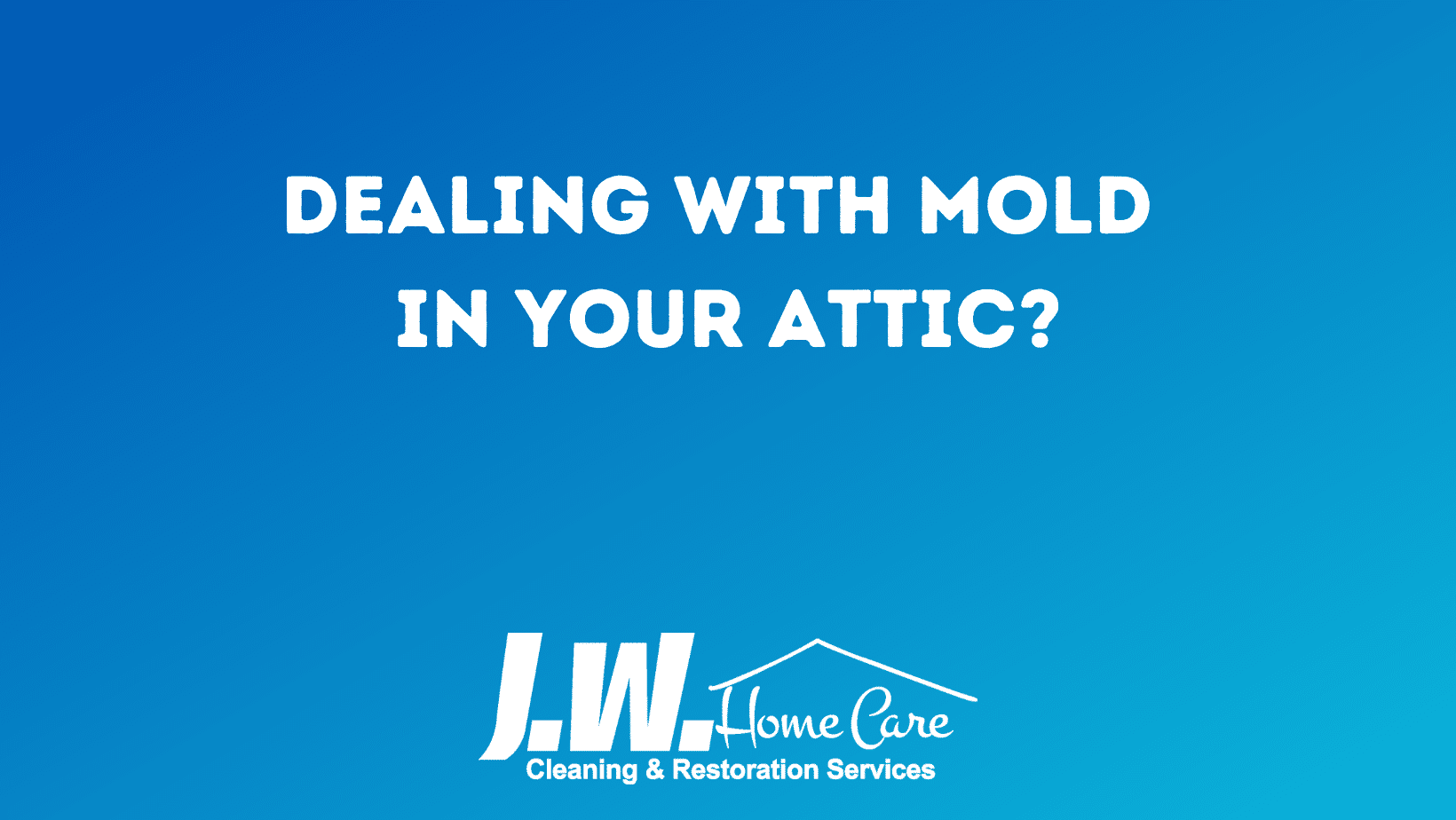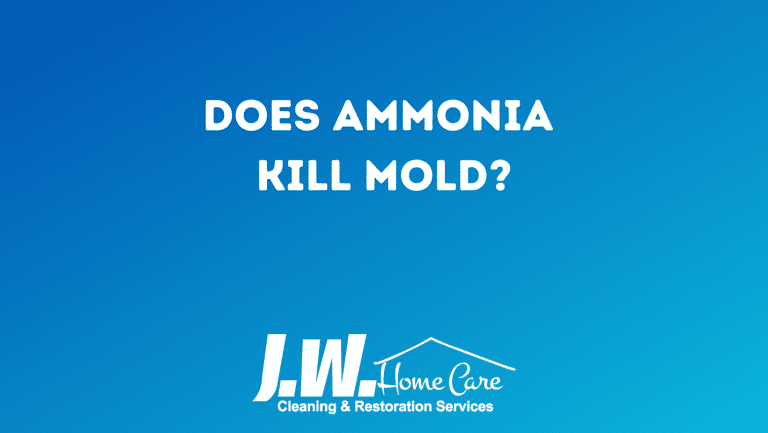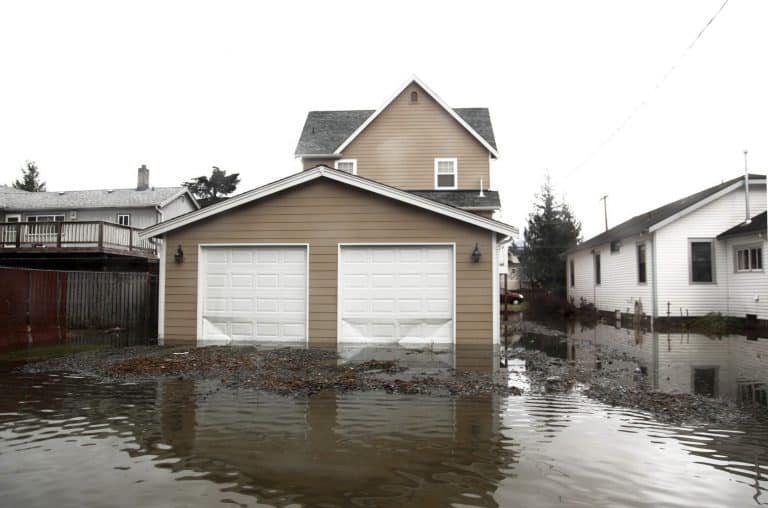Mold in Attic
Mold in Attic: Causes, Prevention, and Solutions
Discovering mold in your attic can be a homeowner’s nightmare. Not only is it unsightly, but it also poses significant health risks and can lead to costly structural damage if left untreated. Therefore, understanding the causes, signs, and solutions for attic mold can help you protect your home and your health.
What Causes Mold in the Attic?
Mold thrives in moist, warm environments. Consequently, the attic, often overlooked in regular home maintenance, can become a perfect breeding ground for mold under certain conditions:
- Poor Ventilation: Without proper airflow, moisture can accumulate in the attic, creating a damp environment ideal for mold growth.
- Roof Leaks: Any breach in the roofing materials can allow water to seep into the attic, providing the moisture mold needs.
- Improper Insulation: Insufficient or poorly installed insulation can lead to temperature imbalances, resulting in condensation.
- Exhaust Fans: Bathroom and kitchen exhaust fans that vent into the attic rather than outside can introduce excess moisture.
Signs to look for
Identifying mold early can prevent extensive damage. Here are common signs to watch for:
- Musty Odor: A persistent, musty smell is often the first indication of mold.
- Discoloration: Black, green, or white spots on wooden beams, insulation, or other materials.
- Water Stains: Yellow or brown water stains on the ceiling or walls beneath the attic.
- Health Symptoms: Unexplained respiratory issues, allergies, or other health problems can sometimes be traced back to mold exposure.
Health Risks Associated with Mold in Attic
Mold exposure can lead to various health issues, particularly for individuals with respiratory conditions, allergies, or weakened immune systems. Common symptoms include:
- Sneezing and coughing
- Nasal congestion
- Throat irritation
- Skin rashes
- Eye irritation
Moreover, prolonged exposure can result in more severe respiratory problems and other health complications.
Prevention Tips
Prevention is key to avoiding the hassle and expense of dealing with mold. Here are some proactive steps you can take:
- Ensure Proper Ventilation: Install and maintain vents to promote adequate airflow. Ridge vents, soffit vents, and attic fans can help.
- Fix Roof Leaks Promptly: Regularly inspect your roof for damage and repair any leaks immediately.
- Upgrade Insulation: Ensure your attic is well-insulated to prevent temperature fluctuations and condensation.
- Proper Exhaust Venting: Make sure all exhaust fans vent outside, not into the attic.
Proper Removal is Key
Additionally, if you already have mold in your attic, it’s crucial to address it promptly and effectively. So, here’s a general approach to mold removal:
- Protect Yourself: Wear protective gear, including gloves, goggles, and a mask, to avoid inhaling mold spores.
- Contain the Area: Seal off the attic from the rest of the house to prevent mold spores from spreading.
- Remove Affected Materials: Dispose of any mold-infested materials that cannot be cleaned, such as insulation or drywall.
- Clean Surfaces: Use a mixture of water and detergent or a commercial mold cleaner to scrub mold from hard surfaces. Avoid using bleach, as it may not be effective on porous materials.
- Dry the Area: Use fans and dehumidifiers to thoroughly dry the attic and prevent future mold growth.
When to Call a Professional
In some cases, professional intervention is necessary. For instance, consider hiring a mold remediation specialist if:
- The mold covers a large area (more than 10 square feet).
- You have significant water damage or leaks.
- You or your family experience health issues related to mold exposure.
- The mold problem persists despite your efforts.
In closing
Because mold in the attic is a serious issue that requires prompt attention, by understanding the causes, recognizing the signs, and taking preventive measures, you can protect your home and your health. Furthermore, if you do find mold, don’t hesitate to take action or seek professional help. Therefore, regular maintenance and vigilance are your best defenses against attic mold.
Therefore, By staying informed and proactive, you can ensure that your attic remains a safe, mold-free space for years to come.






